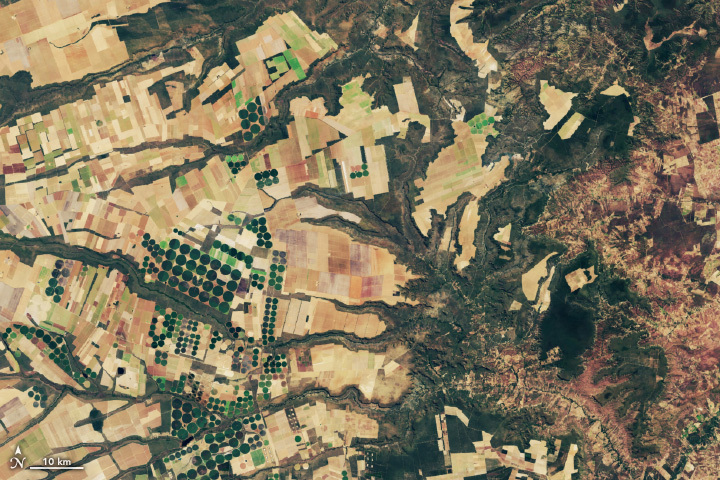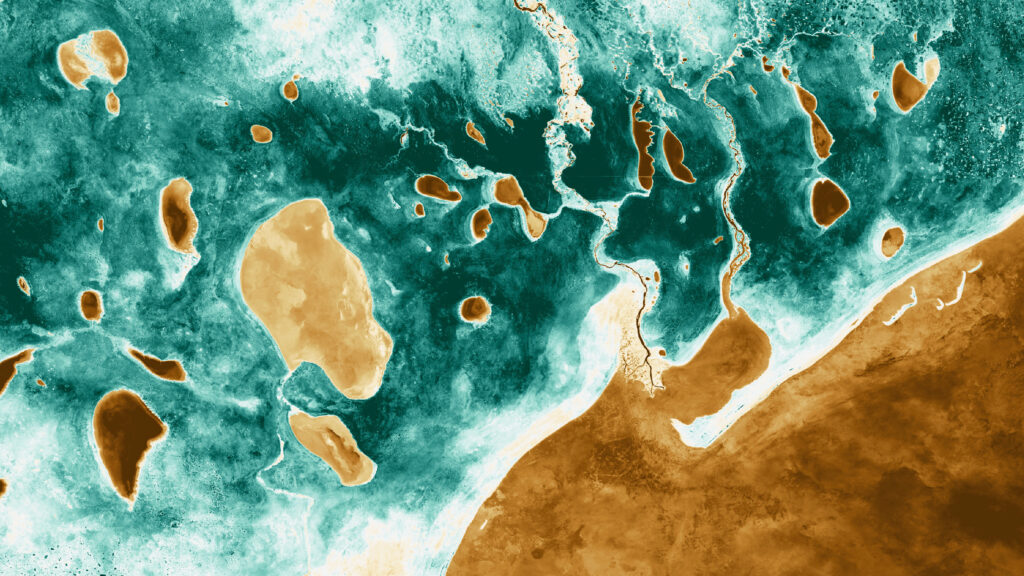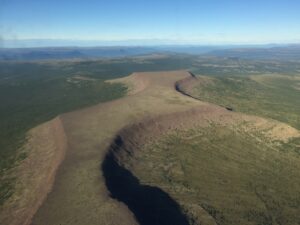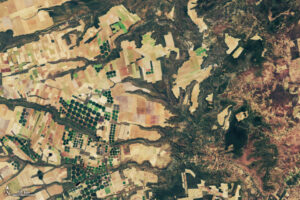Source: USGS
The U. S. Geological Survey (USGS) in collaboration with the National Aeronautics and Space Administration (NASA) and the British Antarctic Survey (BAS) is developing a unique and versatile map of Antarctica using satellite imagery. The Landsat Image Mosaic of Antarctica or LIMA combines nearly 1100 hand-selected Landsat satellite scenes that are being digitally woven together to create a single, seamless, cloud-free image of the Antarctic continent—the most detailed color representation of this vast and frozen landmass ever produced. The National Science Foundation is funding the LIMA project. The scenes being used to create the new mosaic map of Antarctica were drawn from more than 8,000 collected by Landsat 7’s Enhanced Thematic Mapper Plus (ETM+) sensor from 1999 through 2006. The digital weaving, or mosaicking, of Landsat scenes for most of the continent is being performed at the USGS Center for Earth Resources Observation and Science (EROS); BAS researchers are generating the Antarctic Peninsula region of the map. While Landsat scenes make up most of the map’s digital dataset, some images captured by Moderate Resolution Imaging Spectroradiometer (MODIS) instruments carried aboard NASA’s Terra and Aqua satellites, and possibly a small amount of radar data, will be used to fill in the part the Antarctic continent surrounding the geographic South Pole not “seen” by Landsat 7 as it circles the Earth in its near-polar orbit.
In conjunction with the new mosaic, researchers with the LIMA project are creating an Antarctic Web portal and online map which will be available in the near future. From this portal, anyone from scientists and educators to members of the general public will be able to download the mosaic in sections, as well as any of the individual Landsat scenes used to create it. The mosaic will be available in four versions—natural color, false color, panchromatic and pan-sharpened—that are each designed to satisfy a different scientific and visual need. The LIMA online map viewer will display the mosaic and ancillary geographic features, such as place names.
“The optical remote sensing characteristics of the Landsat sensor, and other satellite observations, provide a unique, never-before-seen view of this critical continent of the Earth system, and the availability of the final data set via internet-based tools will represent a tremendous scientific asset for the global Earth science community,” said R.J. Thompson, Director of EROS.
LIMA is one of several hundred projects funded in conjunction with the International Polar Year (IPY), a 2-year event that runs from March 2007 to March 2009. Focused on both the Arctic and Antarctic, IPY is a multinational scientific undertaking, one that involves coordinated expeditions, observations and analyses and that marks the beginning of a sustained effort to understand large-scale environmental change in the Earth’s polar regions.
The USGS manages the Landsat Program, which was began in 1972 with the launch of the first Landsat satellite. Over the past 35 years, sensors aboard Landsat satellites have captured millions of digital images of the Earth’s land masses and coastal regions that are used by researchers worldwide to study global change, natural disasters and other aspects of the Earth’s terrestrial environment.
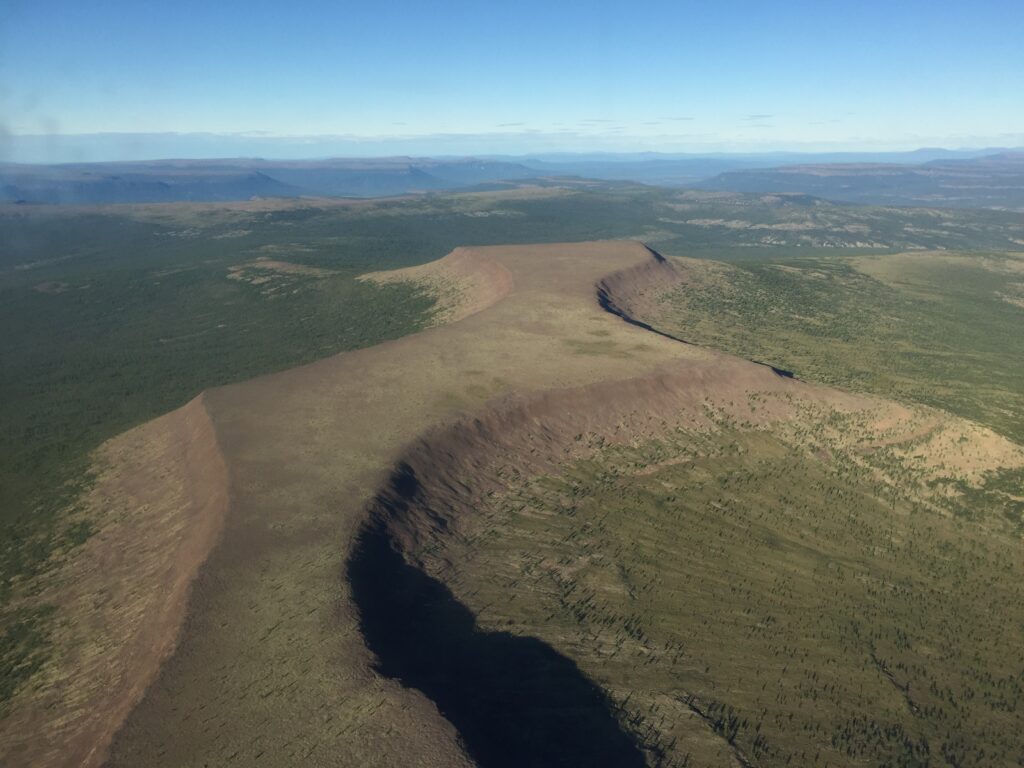
NASA Study Finds Potential Carbon Sink in Boreal Forest Growth
New research led by Landsat 8/9 Project Scientist Chris Neigh used Landsat and ICESat-2 data to investigate how boreal forests growth could sequester carbon.

